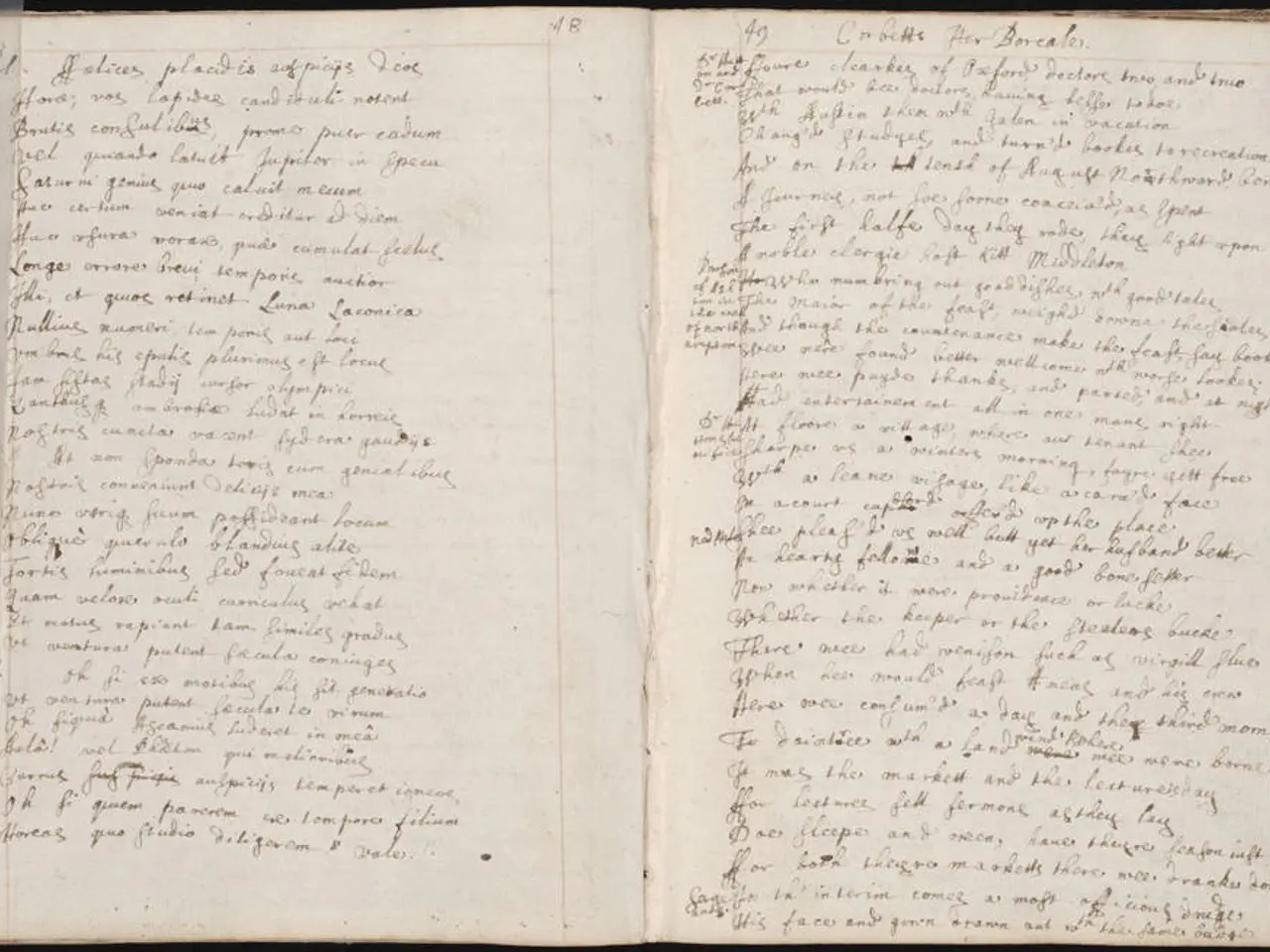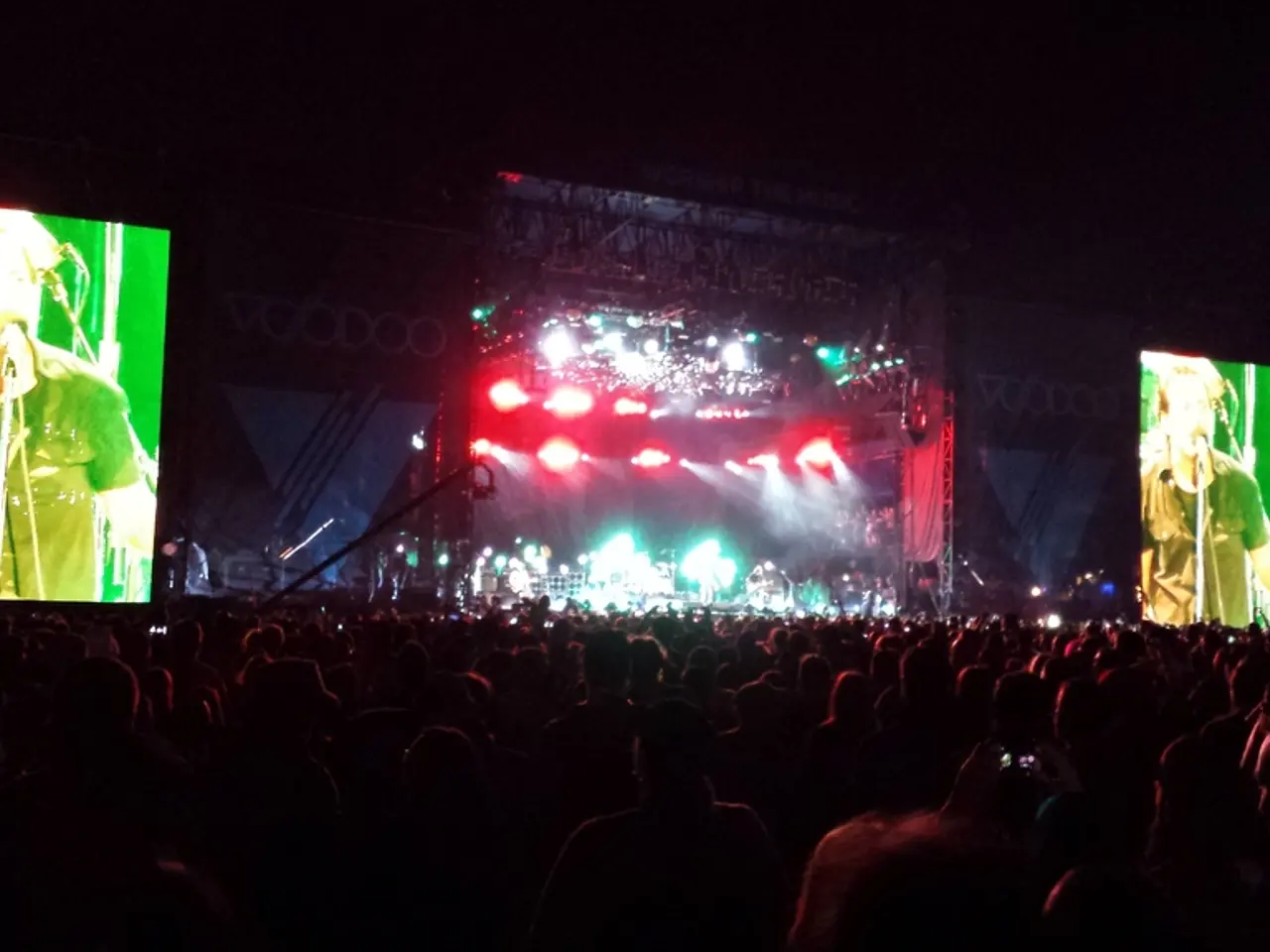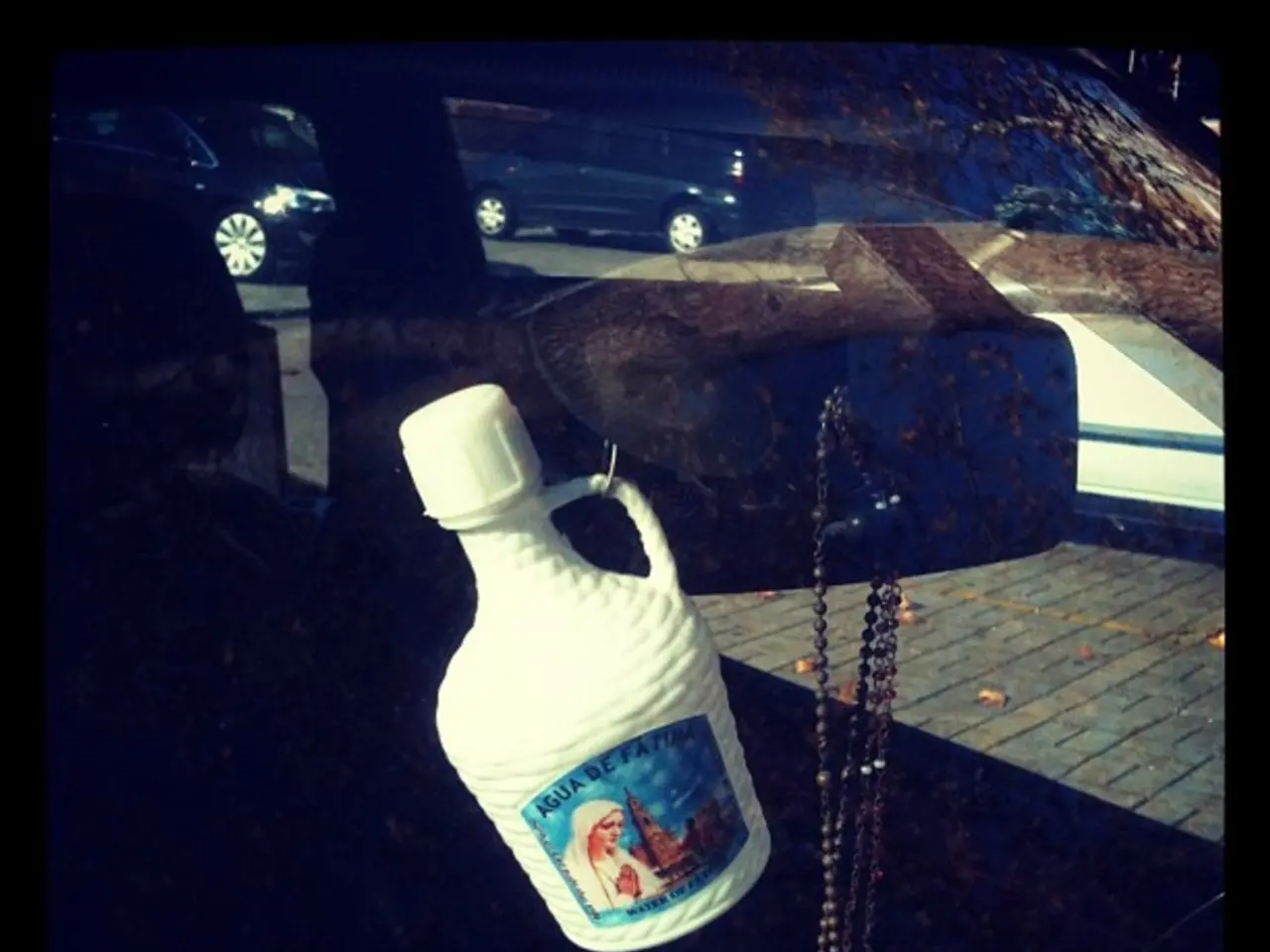Unveiling Narrative Strategy: Character and Plot Development through Deception
In the world of storytelling, disguise is a versatile and essential tool for creating complex characters, driving narrative momentum, and captivating audiences. Greenlight Coverage, a professional script analysis service, offers instant feedback on whether your disguises hold up, are logical, and maximize catharsis and character growth.
Disguise in storytelling functions differently across genres and mediums, impacting character development, plot, and marketability in distinct ways.
Character Development
Disguise often allows characters to explore identity, conceal motivations, or reveal hidden truths. In mystery or thriller genres, disguise can create tension and intrigue by hiding a character’s true intentions, enabling dramatic reveals that evolve a character’s complexity. In literature, disguise may be internal (psychological or emotional masks), enriching character depth, while in screenplays, visual cues like costumes or makeup enhance the disguise's immediate impact on the audience.
Plot
Disguise can drive narrative momentum and complexity. In genres such as fairy tales or myths, disguise is a classic device facilitating transformation and lessons, forming the backbone of plot progression. Thrillers use disguise to misdirect and sustain suspense, while in supernatural or literary fiction, disguise might blur reality and perception, complicating narrative reliability, as noted in Capote's genre-blending storytelling where truth and fiction intertwine ambiguously.
Marketability
The success of disguise depends on how it appeals to audience expectations per genre and medium. For example, mystery and thriller readers look for clever uses of disguise as a hook, increasing engagement and sales. In literature, thoughtful disguise can attract readers seeking psychological depth or thematic richness, while in screenplays, visual and dramatic disguises can enhance cinematic appeal and memorability. However, excessive or poorly integrated disguise can alienate audiences, particularly in genres or mediums requiring narrative clarity (e.g., factual memoirs).
Differences across Mediums
| Aspect | Literature | Screenplays | |---------------------|---------------------------------------------|----------------------------------------| | Character development | More internal, psychological; subtle disguises through narration or unreliable POV[3] | Visual and physical; costumes, makeup, actor performance highlight disguise[1] | | Plot impact | Can be layered, using narrative structure to reveal disguise gradually[1] | Typically faster paced; disguise often serves immediate plot twists[5] | | Marketability | Appeals to readers through thematic depth and narrative complexity[3] | Attracts audiences with visual spectacle and dramatic reveal[5] |
Employing Disguise Effectively
To employ disguise effectively in your screenplay, use a disguise that fits the character’s deepest need, foreshadow gently, map your secrets to turning points, run your script through advanced tools, check audience logic, and iterate using instant feedback. Disguise isn't just for plot convenience; it's a secret weapon for deeper characters, relentless suspense, and stories that leave a mark.
From Shakespeare's Rosalind and Viola, who use disguise to upend gender roles, adding comedy and high stakes to their stories, to modern dramas and Hallmark movies that twist mistaken identity for various emotional effects, including laughs, tears, or surprise, disguise is a timeless device used in storytelling, dating back to classic literature and contemporary media.
To make disguise really work, you need to engineer your structure, placing reveals and reversals at the right moment. Superhero movies use disguise, like Peter Parker as the "ordinary kid" or Bruce Wayne's double life, while fantasy series often feature wizards under cloaks or kings posing as rangers, such as Harry Potter's Polyjuice Potion or Aragorn's "Strider".
In sum, disguise is a versatile storytelling tool whose effects vary by genre and medium—used for psychological complexity and thematic exploration in literature, and for visual, suspenseful impact in screenplays. Its success depends on thoughtful integration aligned with genre conventions and medium-specific storytelling techniques. Harness disguise with structure and purpose, then test, refine, and optimize with Greenlight Coverage to turn every mask into a storytelling breakthrough.
- In the fashion-and-beauty, entertainment, and lifestyle industries, smart employment of disguise can significantly enhance marketability, captivating audiences with visually striking reveals or character transformations.
- When crafting a screenplay and incorporating disguise, consider addressing agents' expectations by ensuring that it aligns with the genre's conventions and appeals to audience preferences, possibly increasing commercial coverage and sales.
- To solidify a character's development and create catharsis, disguise can be a powerful tool in various storytelling mediums. For instance, in literature, it may serve to reveal hidden truths or convey psychological complexities, while in screenplays, visual cues like costumes or makeup can enhance the disguise's impact on the audience, aiding in character growth and engagement. Additionally, disguise can be employed in entertainment and fashion-and-beauty genres, allowing characters to metamorphose, thereby furthering both plot and character development.








